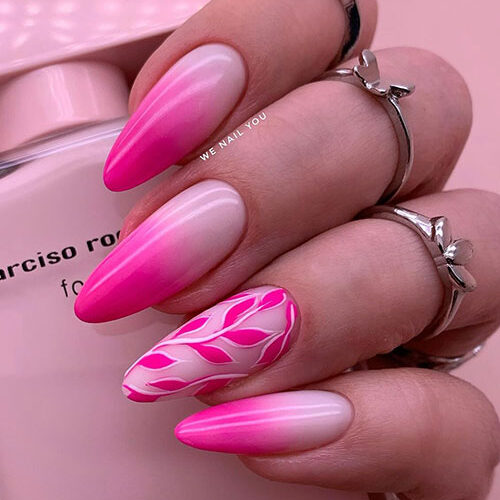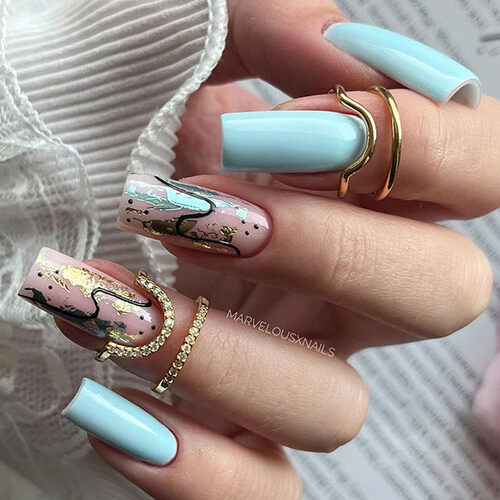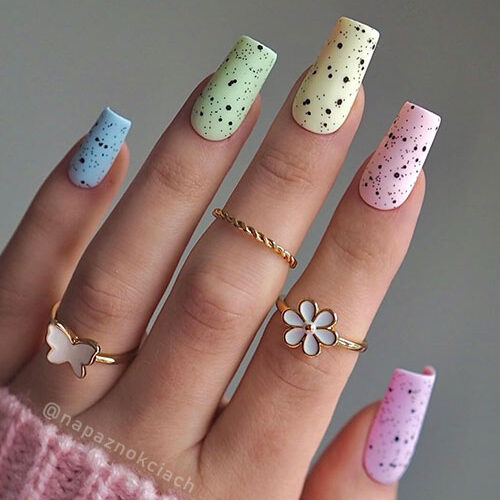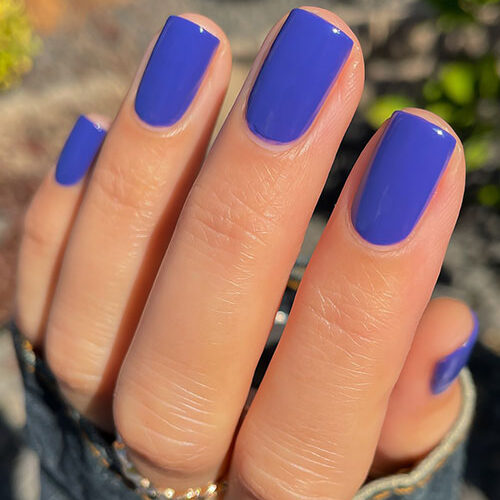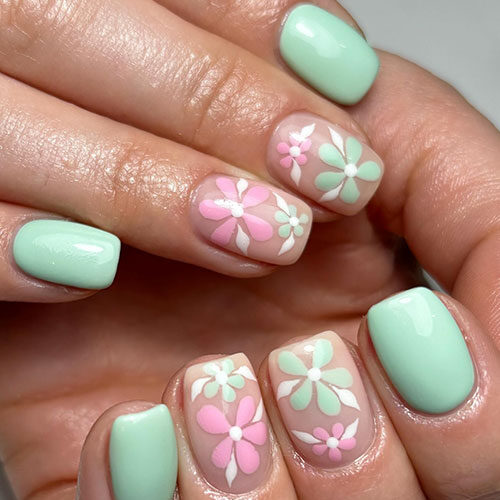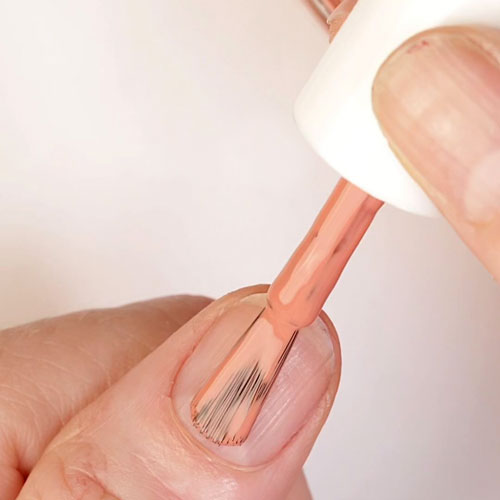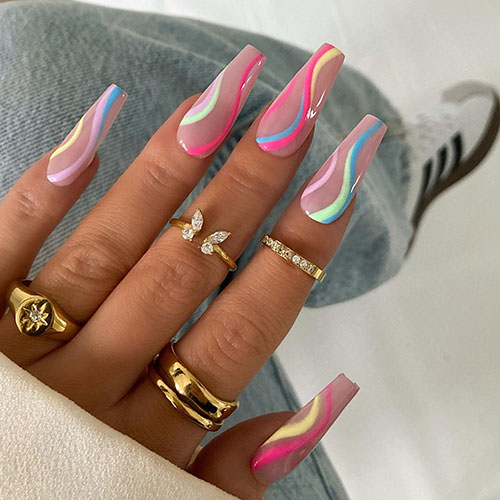11 Stunning Pink Ombre Nail Designs for Every Occasion
Pink ombre nails are a delightful and versatile choice for those seeking a touch of femininity and style in their manicure. From bold and vibrant hues to subtle pastel shades, pink ombre nail designs offer a wide range of options to suit different tastes and occasions. So, we present some unique pink ombre nail designs … Read more
